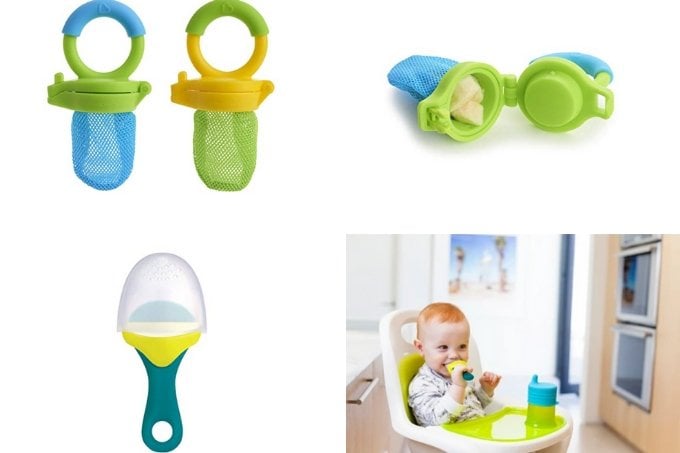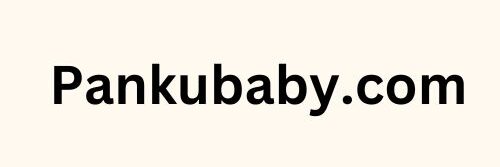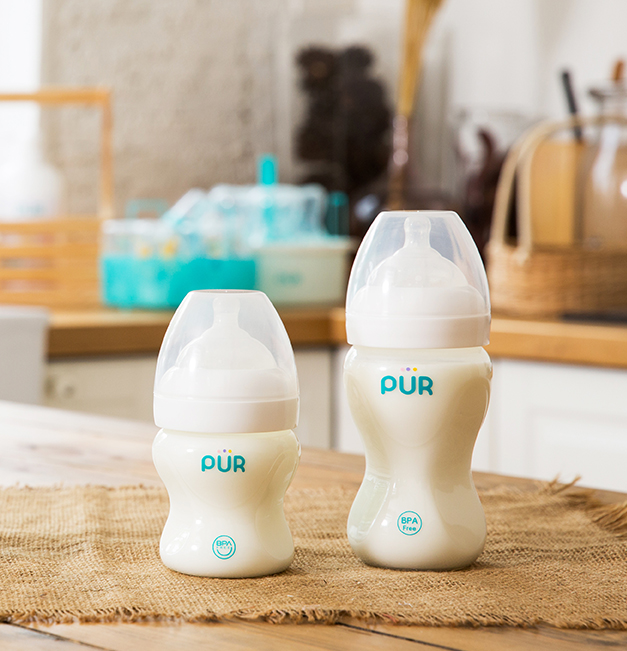The best baby feeder facilitates safe self-feeding and reduces the risk of choking. It should be easy to clean, durable, and made from safe materials.
Choosing the right baby feeder is crucial for parents who want to encourage their infants to explore new tastes and textures safely. A top-quality baby feeder allows little ones to enjoy fresh foods without the immediate danger of choking. These feeders typically come in the form of a mesh or silicone sack with small holes through which the food can be mashed and sucked by the baby.
This design not only helps in teething relief but also in developing motor skills as babies learn to handle and manipulate the feeder. Safety is paramount, so the best feeders are BPA-free and have secure, child-proof locks. Parents also value products that are straightforward to dismantle and clean, ensuring hygiene and convenience after every use. With a variety of designs and brands available, it’s essential to select a feeder that meets all these criteria to provide a positive weaning experience for both baby and parent.

Baby Feeder
Explore the top baby feeders designed for ease and safety, perfect for nurturing your little one’s transition to solids. Discover the ultimate baby feeder that combines functionality with comfort, making mealtime a breeze for both parents and infants.
Choosing the right for your little one can be a game-changer in their weaning journey. A baby feeder not only allows your child to enjoy a variety of foods safely but also helps them develop fine motor skills and independence.
Let’s delve into some of the best features to look for in a baby feeder and highlight a few top recommendations.
Key Features To Consider In A Baby Feeder
Selecting a baby feeder involves more than just picking the cutest design. It’s about finding a functional and safe product that suits your baby’s developmental stage. Here’s what to keep in mind:
- Safety and Materials: Look for feeders made with BPA-free and non-toxic materials to ensure your baby’s health is not at risk.
- Ease of Cleaning: A dishwasher-safe feeder, or one that disassembles easily, will save you time and effort.
- Size and Grip: Ergonomically designed handles are essential for tiny hands to hold comfortably.
- Adjustable Flow: Some feeders allow you to adjust the flow of food, which is perfect for when your baby progresses from purees to more solid foods.
Top-rated Baby Feeders On The Market
To give you a head start, here’s a brief overview of some of the most loved baby feeders by parents and caregivers:
- The Silicone Squeeze Feeder: Known for its gentle, food-grade silicone spoon, this feeder is ideal for first-time eaters.
- Mesh Feeder with Locking Handle: This allows babies to chomp on fresh fruits and veggies without the risk of choking.
- Stainless Steel Insulated Feeder: Keeps food warm, perfect for on-the-go meals.
- Soft-Tip Dispensing Spoon: Combines a spoon and feeder in one, making it easier to feed your baby purees without the mess.
Remember, finding the perfect baby feeder is about matching your baby’s needs with the right features. With a little research and the right product, mealtime can become a delightful experience for both you and your baby. Keep these points in mind, and you’re sure to find a baby feeder that’s just right.
Best Baby Feeder
Selecting the best baby feeder ensures a mess-free, enjoyable mealtime for both infants and parents. It helps introduce solids safely, making nutritional experiences positive from the start. Choose one that’s easy to clean and designed for tiny hands to grasp.
Selecting the for your little one is not just about convenience; it’s about ensuring safe, enjoyable, and nutritious feeding experiences. Whether you are introducing solids or helping your baby transition to self-feeding, the right baby feeder can make all the difference.
Let’s dive into what makes a baby feeder stand out as the best choice for your infant.
Best Baby Feeder Features
The top baby feeders on the market share several key features that set them apart:
- Safety: All materials should be BPA-free, phthalate-free, and tested for safety standards.
- Ease of Cleaning: Look for feeders that are dishwasher safe or easy to clean by hand to maintain hygiene.
- Design: Ergonomic designs that are easy for babies to hold encourage self-feeding and motor skill development.
- Durability: A good baby feeder should withstand the test of time and the rigors of a baby’s use.
- Size Options: Various size options allow for a customizable feeding experience as your baby grows.
Best Baby Feeder Recommendations
Finding the best feeder is a journey of matching your baby’s needs with the most suitable product. Here are some recommendations:
- For Starting Solids: Choose a silicone feeder with small holes that only allow tiny, digestible pieces to pass through, preventing choking.
- For Teething Relief: Opt for a feeder that can be filled with chilled fruits or ice to soothe sore gums.
- For Self-Feeding: A feeder with a bulbous grip and a stand-up base helps little ones feed themselves with less mess.
- For Portability: If you’re often on the go, a feeder with a cap or cover keeps things clean and convenient during travel.
By focusing on these features and recommendations, parents can find the best baby feeder that offers a blend of safety, convenience, and developmental benefits for their child. Remember, the ideal feeder is one that supports your baby’s growth while making mealtime a positive experience for both of you.
Baby Milk Feeder
Discover the top baby milk feeder designed for ease and comfort, ensuring your little one receives the best nutrition effortlessly. The perfect feeder supports your baby’s transition from breast to bottle, combining safety with convenience for parents and infants alike.
Welcoming a new baby into your home comes with a bundle of joys and a heap of responsibilities, one of which is ensuring your little one is properly nourished. Choosing the right can be a pivotal decision in your child’s early development.
Let’s explore some of the best options out there to keep your infant happy and healthy.
The Importance Of Choosing The Right Baby Milk Feeder
Selecting the appropriate feeder isn’t just about convenience; it’s critical for your baby’s nutrition and comfort. A good baby milk feeder should mimic the natural breastfeeding experience as closely as possible. It should have a nipple that’s soft yet durable, and a bottle that’s easy to clean and handle.
Moreover, the feeder you choose should cater to your baby’s specific needs, whether they have colic, are premature, or are transitioning from breast to bottle.
Features To Consider In A Baby Milk Feeder
Before you make a purchase, consider these important features:
- Nipple Design: Look for a nipple that’s shaped like a mother’s breast to facilitate an easier transition from breast to bottle.
- Vent System: A good vent system can reduce air intake, thereby minimizing the chances of colic and gas.
- Material Quality: Opt for bottles that are free from BPA and other harmful chemicals to ensure your baby’s safety.
- Ease of Cleaning: Bottles with fewer parts are generally easier to clean and reassemble.
Top-rated Baby Milk Feeders
When it comes to baby milk feeders, there are several brands that consistently receive high marks for their quality and design. Some of the top-rated feeders include:
- Dr. Brown’s Original Bottle: Renowned for its vent system that helps reduce feeding problems.
- Comotomo Baby Bottle: Features a soft, squishy design that babies love to hold and is also easy for parents to clean.
- Philips Avent Anti-colic Baby Bottles: These are designed to reduce colic and discomfort by venting air away from the baby’s stomach.
Cleaning And Maintenance Tips
Keeping your baby’s milk feeder clean is non-negotiable. Here’s how to maintain them:
- Always dismantle the feeder completely before cleaning.
- Use a bottle brush to scrub the inside of the bottle and nipple.
- Sterilize the feeder regularly by boiling it or using a sterilizer.
Remember, your baby’s health is paramount, and the right baby milk feeder plays a critical role in their early-life nutrition. With the right information and a bit of research, you’ll find the perfect option that suits both you and your little one’s needs.
Enjoy every precious moment of feeding time with the peace of mind that comes from knowing you’ve chosen well.

Frequently Asked Questions
Is Baby Feeder Good For Babies?
Baby feeders can be useful, but pediatricians often recommend direct breastfeeding or bottle-feeding to promote oral development and bonding. Always consult with a healthcare professional to determine the best feeding method for your baby.
Are Fruit Feeders Good For Babies?
Yes, fruit feeders can be beneficial for babies. They help introduce new flavors and textures safely. These tools also promote self-feeding skills and soothe teething discomfort. Always supervise usage and choose age-appropriate sizes.
What Age Can Babies Have A Food Feeder?
Babies can typically start using a food feeder around 6 months of age, when they begin eating solid foods.
At What Age Can A Baby Use A Fruit Pacifier?
Babies can typically use a fruit pacifier from around 6 months old, when they start solid foods. Always ensure it’s age-appropriate and supervise use.

